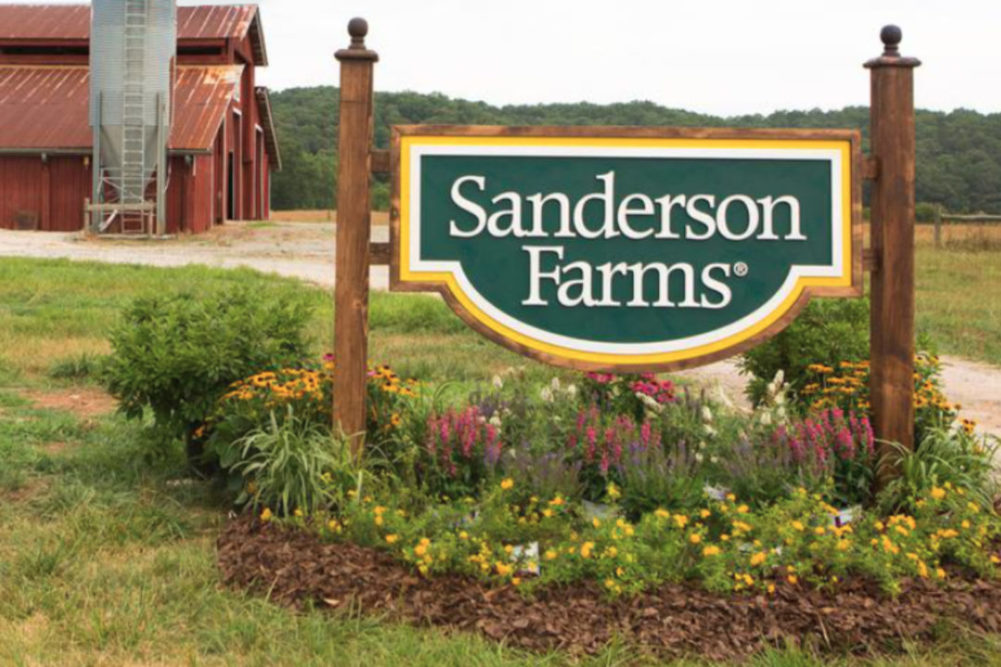LAUREL, MISS. - Sanderson Farms Inc. showed some signs of foodservice sales improvement, which continues to help the company as feed costs rise throughout 2021.
For the second quarter ended April 30, 2021, net sales totaled $1.13 billion up from the $844.7 million reported during the same quarter in 2020. The company attributed the result to lower average sales prices offset by higher volume.
Net income from the quarter was $96.9 million or $4.34 per share, which compares to net income of $6.1 million or $0.28 per share reported during the second quarter in 2020.
“The improvement in the domestic poultry markets was driven largely by increased demand from foodservice customers, as US consumers slowly returned to restaurants and several quick serve restaurant chains featured chicken sandwiches on their menus,” said Joe Sanderson, president and chief executive officer. “In addition, export demand also improved during the quarter due to higher crude oil prices, improved liquidity as a result of currency valuations and some relief from COVID-19-related restrictions.”
According to Sanderson, chicken products sold to retail grocery stores increased to 6.2¢ per lb during second quarter of 2021 compared to last year.
Quoted market prices for bulk leg quarters were approximately 12.3% higher in the second quarter of fiscal 2021. Boneless breast meat quoted market prices were approximately 60.4% higher, chicken breast tender quoted market prices increased by approximately 54.5% and jumbo wing quoted market prices were higher by 88.9%, Sanderson said. As a result of these market improvements, overall realized prices for chicken products increased 22.3¢ per lb, or 32.6%.
The company’s average feed costs per lb of poultry products processed increased by 26.6% when compared with the second quarter of fiscal 2020, while prices paid for corn and soybean meal, the company’s primary feed ingredients, increased 39.7% and 40.0%, respectively, compared with the second quarter of fiscal 2020.
Sanderson noted that it expects total production to be down 0.6% and 2.3% in the third and fourth quarters of 2021 respectively compared to 2020. This is due to a reduction of the processor’s target live weight at a Hazlehurst, Miss., plant to better meet demand from retail grocery store customers.
Sanderson said it began reducing production at plants in April 2020 for foodservice customers by 5% in response for lower demand during the beginning of the pandemic. The planned reduction was fully implemented in July 2020. The company expects to be back in full production for its foodservice plants by June 2021 except for St. Paul’s, NC, and Palestine, Texas. Those two facilities will be at full production by early September.
“The past 14 months have been challenging for Sanderson Farms,” Sanderson said. “We are navigating a health crisis and faced historic ice storms and periods of political and social unrest, all while dealing with a global recession and volatile grain and poultry markets. I am grateful for the work and dedication of our employees and everyone associated with Sanderson Farms, and I believe we are a stronger company.
“Thanks to our team’s efforts, we are continuing to execute on our strategic growth plan, which is supported by strong domestic poultry market demand, and we look forward to announcing the site for our new tray pack poultry complex soon,” Sanderson said. “However, the construction schedule will be delayed until we have better visibility on construction costs and the 2021 grain crops.”


